
The shortcoming to jot down after a stroke is named agraphia. It’s primarily attributable to impaired motor control of the hand (peripheral agraphia) or impaired language processing skills (central agraphia). Writing exercises for stroke patients might help improve agraphia by retraining motor skills and cognitive functions.
This text presents essentially the most effective writing exercises for stroke patients with peripheral or central agraphia.
Writing exercises for stroke patients with peripheral agraphia (hand weakness)
Patients with peripheral agraphia know what they need to jot down, but have difficulty with advantageous motor control to physically handle writing resulting from poor grip strength or tremor. Writing exercises for stroke patients give attention to improving hand function and handwriting.
Below are some writing exercises for stroke patients that can improve hand strength and dexterity:
1. Grab and release exercise
Regaining the power to know and hold a pencil is crucial to writing again after a stroke. By practicing grasping and releasing, you’ll be able to improve your ability to carry a pencil.
The hot button is to do a whole lot of repetitions of every exercise to assist rewire the brain. Especially after a stroke, a whole lot of repetitions are key to regaining motor control.
But chances are you’ll also notice muscle fatigue. Smaller muscles tire more easily. Don’t let fatigue stop you from doing numerous reps.
After a little bit of rest, start working those delicate muscles/nerves again. Sometimes the further (more peripheral) you go out of your core, the slower the recovery. For instance, hand function often takes longer to enhance than arm function.
So take frequent, short breaks during handwriting exercises to forestall frustration or maladaptive compensation to finish the movement. Remember, your body has to relearn these motor skills, and this may take many repetitions over time.
Discover grip and release exercises that may improve your grip »
2. Using the universal cuff
If you will have difficulty holding a pen or pencil after a stroke, using a universal cuff might help maintain a functional pen grip. These aids keep you engaged and rehearsing movements that stimulate your brain to rebuild connections.
By sliding your writing instrument into the slots of the universal cuff, you create a grip that helps be certain that your writing instrument won’t fall out even for those who lose it in your hands.
There are additional adaptive devices that might help with writing. An occupational therapist can allow you to determine which one is most appropriate for successful writing skills. Also they are essentially the most appropriate to give you specific exercises and even stretches to deal together with your unique weakness, as people vary of their limitations after stroke.
3. Pressing the piano keys
Pressing the piano keys is an incredible option to develop finger strength, dexterity, and hand-eye coordination. Whether it’s a well-recognized activity or not, it is rather stimulating to the nervous system resulting from the auditory stimuli. Whenever you perform an activity that’s familiar to you, the brain normally has more cells/resources to reactivate the muscle movement.
These advantageous motor skills are essential for improving handwriting after stroke. Playing the piano is a fun and fascinating activity that facilitates the repetitions crucial to advertise neuroplasticity.
4. Tracking
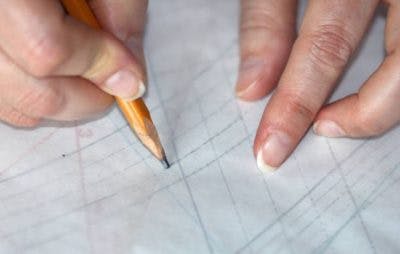
Following a visible cue is useful to the brain since it finds a latest option to direct the muscles. Have someone write a number of words on a chunk of paper so you should use them as a reference to follow.
Ask them to jot down in capital letters and use a thick marker in order that the words are easier to trace. You can even create your individual template in your computer, adjust the font size and weight, after which print it out to create a reference sheet to trace.
The actual fact sheet will allow you to compare and proper errors, which can translate into improved accuracy of your writing.
5. Using capture and release rehabilitation technology
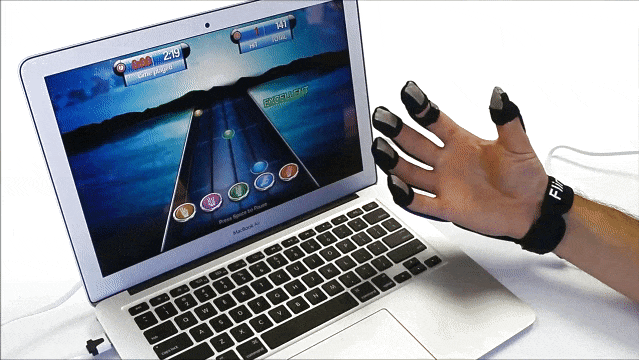
Technology helps us engage in stroke writing exercises with less monotony and tedium. Fortunately, there’s a well known gripping device that can help you engage in stroke writing exercises while having fun.
This rehabilitation tool focuses specifically on grasping and releasing activities and is named the MusicGlove by Flint Rehab. MusicGlove combines music, games, and hand therapy to supply an attractive rehabilitation experience that’s clinically proven to enhance hand function inside 2 weeks.
By pressing the keys on the screen and squeezing the guidelines of your fingers, you practice bending them in the identical way you hold a pen.
6. Connect the dots
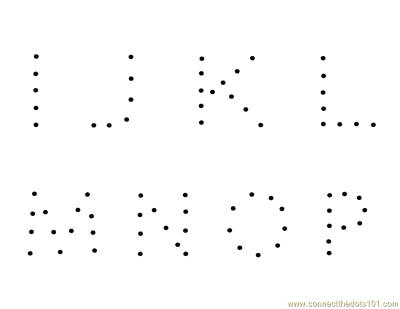
Ask someone to jot down the letters within the dots or discover a worksheet corresponding to This one online and print it out. Visualize the letters and connect the dots. This activity will guide your writing and familiarize your brain with the suitable movements.
7. Finger resistance training
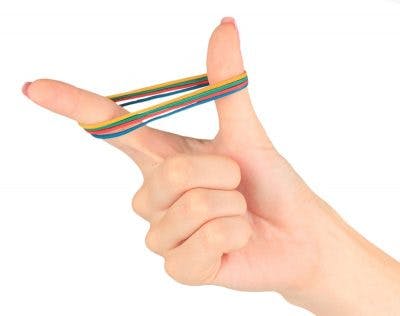
Place your fingers contained in the band and spread them apart. The resistance of the band will help strengthen the muscles in your fingers. To extend the resistance, add more bands.
Written exercises for stroke patients with central agraphia (difficulty processing language)
In central agraphia, cognitive functions are impaired. Even for those who are physically able to jot down, you’ll have difficulty remembering write or writing the proper letters.
Central agraphia is normally treated by working with speech therapistThese therapists are highly expert at helping stroke patients relearn write words.
If you happen to suffer from central agraphia, try the next writing exercises:
8. Copy and Rollback Processing (CART)
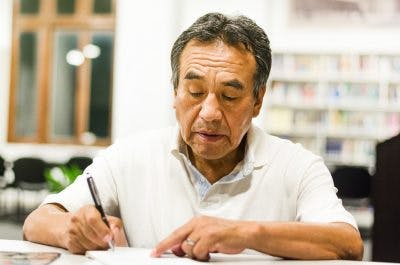
Copy and Recall Treatment involves multiple copying and rewriting to be certain that the person can spell the goal words. The more often the patient writes the word, the more effectively they remember its spelling.
One technique a speech therapist might use is to jot down down a word and say it out loud. The patient will then be asked to repeat the word multiple times.
If the patient is successful, the speech therapist will cover up all examples of the written word and ask the patient to jot down it down from memory multiple times.
It takes a whole lot of repetition to re-engage your brain. Asking your doctor to prescribe therapy from a speech therapist will help you practice well at home until your brain begins to adapt.
9. Anagram and Copy Processing (ACT)
Anagram and replica processing consists of teaching the patient to acknowledge the letters that make up a word and put them in the proper order. The speech therapist will display the letters that make up the word in a jumbled order after which ask the patient to place together the goal word using the available letters.
If the reply is correct, the patient will likely be asked to jot down it down several times. If the reply is wrong, the speech therapist will write it down for the patient after which ask the patient to jot down down the proper spelling several times. The letters will likely be rearranged until the patient is ready to jot down the word accurately on their very own.
Returning to Writing After a Stroke
If you happen to are battling agraphia after a stroke, ensure to get an accurate diagnosis from a speech therapist. There are numerous ways a stroke could have impaired this complex skill. A correct diagnosis will allow you to practice essentially the most appropriate exercises to enhance your writing after a stroke.
It is vital to advertise neuroplasticity by doing a whole lot of repetitions of every exercise. More repetitions means more stimulation for the brain, which helps the brain rewire itself and regain control of the hand.
We hope these exercises allow you to get back to writing after a stroke!